Yukinori Yanagi at Sumiya Kiho-an
Sumiya Kiho-an is a Japanese inn and hot spring resort with easy access from Kyoto. Over the years it has hosted celebrity guests such as John Lennon and Yoko Ono. For its recent renovations, it selected Yukinori Yanagi, a contemporary artist known for emphasizing the fluidity of borders and the ambiguity of national identity in series such as “Ant Farm” and “Wandering Position.” Along with traditional craftsmen, Yanagi has redesigned the inn’s lobby and created a gallery space. He and his team Yanagi + Art Base, in cooperation with designer Kentaro Yagi of Hiroshima University, became involved with the inn when its owners purchased Yanagi’s work. Yanagi has created new pieces reconsidering iconic works of Japanese and American art for the distinctive space.
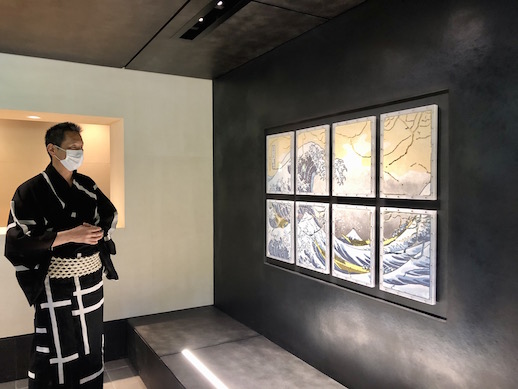
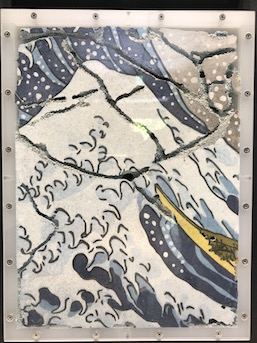
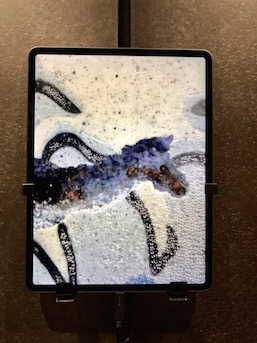
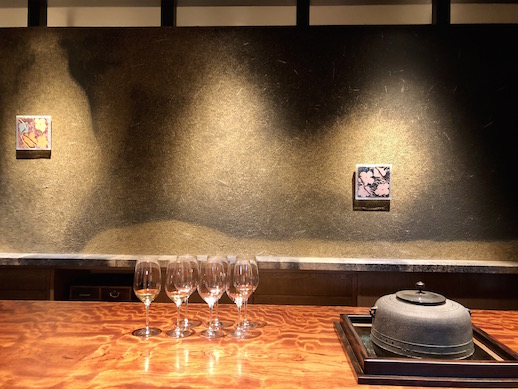
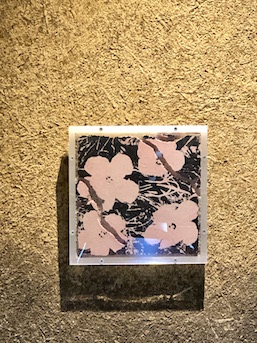
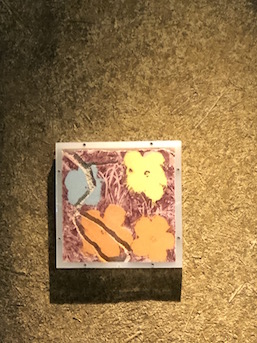
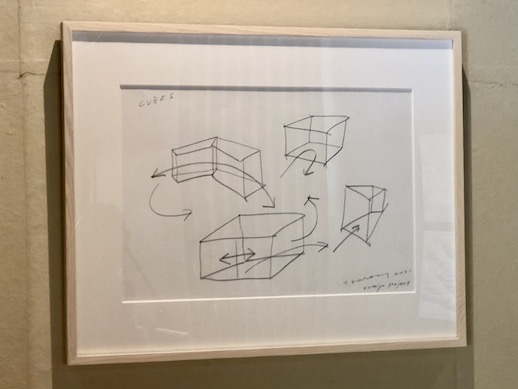
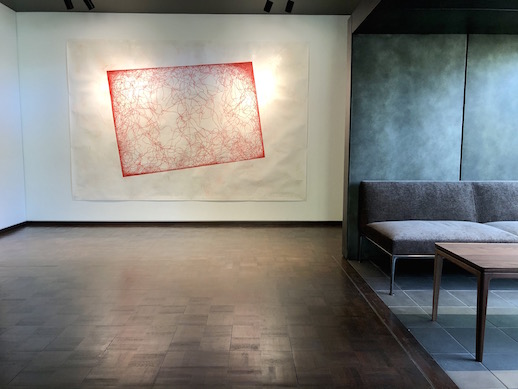
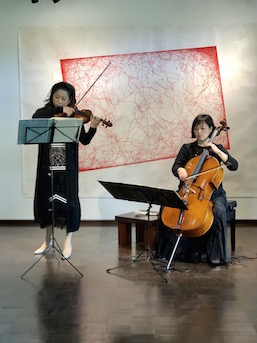
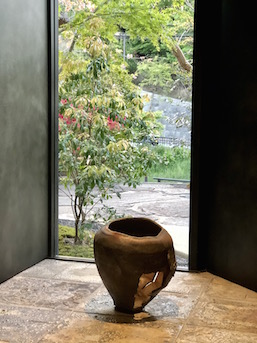
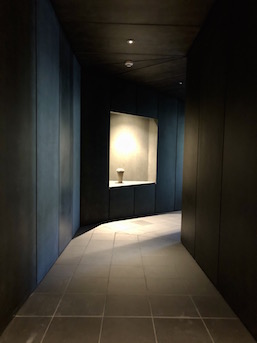
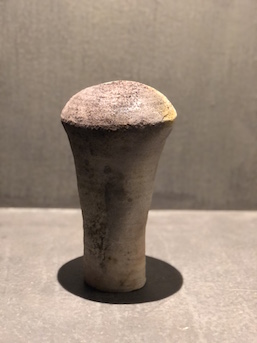
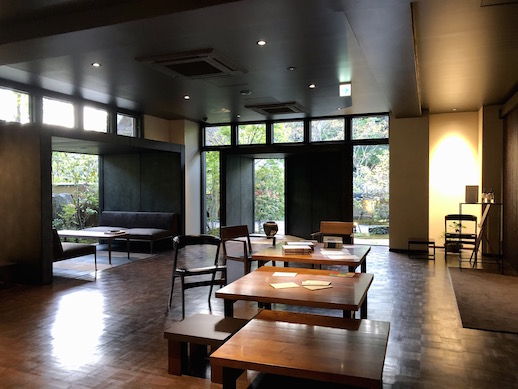
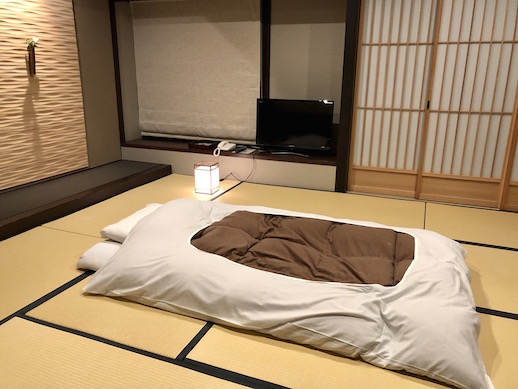
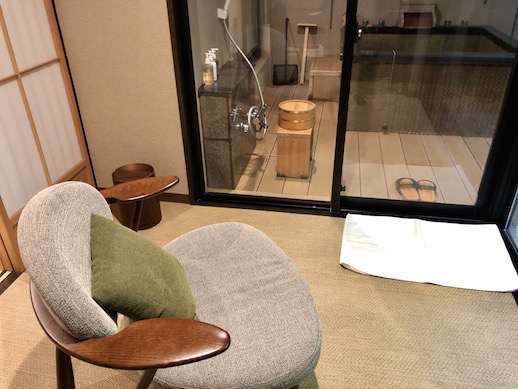


Sumiya Kiho-an’s choice of cutting-edge artist Yukinori Yanagi, whose accomplishments include winning the Aperto Award at the Venice Biennale, converting an Okayama copper refinery into an art museum, and being selected for numerous museum collections, speaks to the inn’s goal of combining the modern with the traditional. The new works in Yanagi’s ‘Ant Farm’ series displayed here echo similar pieces of his in which ants burrow through world flags recreated in colored sand. With the coronavirus restricting travel and nationalist tensions on the rise, Yanagi’s work is a welcome reminder of our interconnection. In the fall there are further plans for guest room renovations, also helmed by Yanagi, so be sure to keep Sumiya Kiho-an in mind for future travels, even if you cannot visit now. The inn accepts both overnight and day trip reservations with meals and hot spring access.



